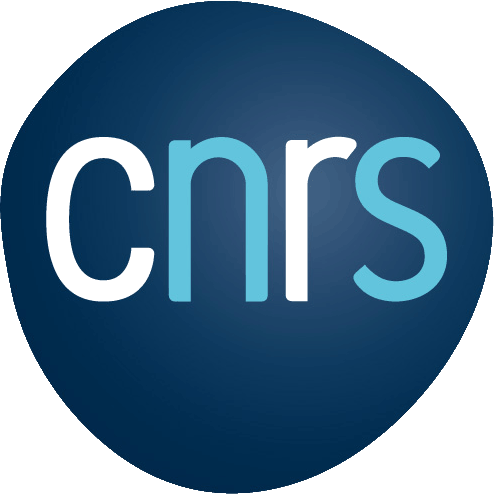Offre en lien avec l’Action/le Réseau : – — –/– — –
Laboratoire/Entreprise : Lab-sticc / ENSTA Bretagne
Durée : 3 ans
Contact : gilles.le_chenadec@ensta-bretagne.fr
Date limite de publication : 2023-06-30
Contexte :
The SeabAId project is being carried out in partnership with Shom and funded by the Defence Innovation Agency within the framework of the
Ingéblue Institute over a period of 4 years. It concerns the analysis and exploitation of the acoustic reflectivity of the seabed using multibeam sonar.
The project has three scientific aspects. The first aspect is the processing of acoustic data from Shom multibeam echosounders to estimate the reflectivity of the seafloor and assess its uncertainty. The second aspect is to develop a semantic segmentation approach using deep learning adapted to automatic seafloor prediction. The last aspect aims at developing a hybrid data-driven, deep learning and acoustically guided
approach.
Sujet :
is post-doc offer concerns the last two deep learning aspects of this project, i.e. the automatic processing of acoustic data recorded on the seafloor by multibeam echosounders in order to automatically generate maps (homogeneous zones).
The initial work will be based on the team’s previous work on the semantic segmentation of side-scan sonar images. Adapting this algorithm to multibeam echosounder data is the first objective of the study. For this task, a large database of labelled images has been created, recorded on various seabeds with a labelled map as additional information. For the learning process, the labels considered will come from the sedimentological expertise already produced in the various coastal areas through the Shom sedimentary maps (“carte G”).
There are several issues that need to be analysed and resolved in this study.
A first issue is how to train a semantic segmentation neural network when the labels are underresolved compared to the observations? A first idea is to generate the reflectivity mosaic at label resolution and train the model. The analysis should then focus on increasing the resolution of the observations to see how accurate the method can be.
A second issue will be to assess the relevance of using all the classes of the sedimentary map. It may not be possible to obtain the same level of detail from the reflectivity observations as the sedimentologists (which are often the result of multi-sensor analyses supplemented by sediment samples). The analysis to be undertaken will be to understand these possible cases where the algorithm cannot discriminate between two sedimentary classes. A fusion of sedimentary classes could be carried out or a complementary method could be proposed.
Finally, here semantic segmentation concerns the ability to create acoustically homogeneous zones. The second and last objective of this post-doc is to inform the semantic segmentation algorithm by acoustic models and/or by a-priori acoustic information. These recent frameworks [1,2,3,4,5] make it possible to develop algorithms that allow massive processing of the data while taking into account the physics of the problem. This consideration may be particularly interesting for improving models; promoting explainability; using less data for learning; taking advantage of all available information to predict the seafloor.
Profil du candidat :
The successful candidate should have a strong background (phd or science degree) in machine learning. He/She should have good programming skills (Python). The successful candidates should have the ability to work in a team, be curious and have rigorous spirit.
Formation et compétences requises :
machine learning, deep learning, pytorch, tensorflow ,python
computer vision
Adresse d’emploi :
ENSTA Bretagne – Lab-STICC UMR CNRS 6285 – 2 rue François Verny, 29806 Brest
Document attaché : 202305231631_seabaid_postdoc_ia.pdf

